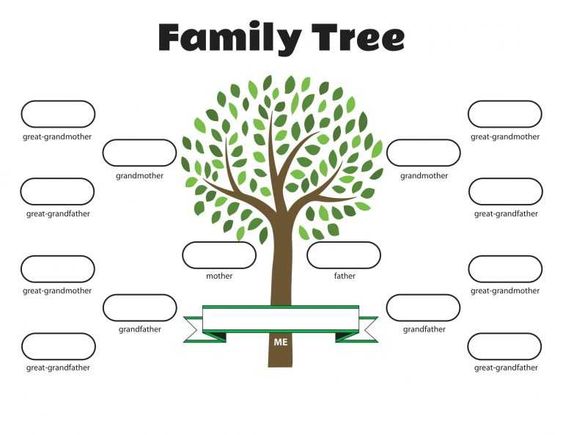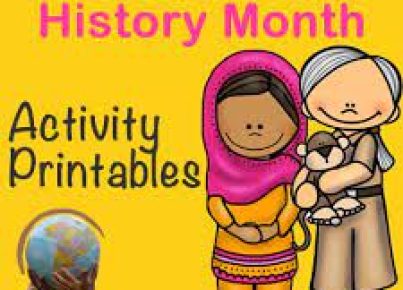Every student has memories of creating a family tree project in their school years. While the intention is to encourage students to explore their ancestry and learn about their heritage, these assignments may inadvertently create challenges and discomfort for some students. It’s time to rethink the traditional family tree assignment – a shift that focuses on inclusivity and adaptability for all family backgrounds.
1. Non-traditional Families Are Increasing:
In today’s world, families come in all shapes and sizes, including single-parent households, adoptive families, blended families, and those who are raised by relatives other than their biological parents. The classic nuclear family is no longer the norm. Family tree assignments designed around the assumption of a singular “standard” family can make students from non-traditional households feel excluded or stigmatized.
2. Recognizing Privacy Concerns:
Family matters might involve sensitive information that children or teenagers might not be comfortable sharing in a public setting. Whether it’s dealing with divorce, adoption, or estrangement, forcing students to provide specifics about family relationships may lead to increased stress levels and anxiety.
3. Embracing Cultural Differences:
Assignments centered around biological lineage might not work for all cultural backgrounds or traditions. Some cultures prioritize extended family connections or community-based familial structures over biological ancestry. By rethinking the family tree assignment as more inclusive, we foster a greater appreciation of cultural diversity among students.
4. Acknowledging Adoptees and Foster Children:
For those who have been adopted or are part of the foster care system, the traditional family tree project could highlight gaps in their knowledge about their birth parents or biological family history. This has the potential to amplify feelings of sadness, confusion, or anger – especially if they don’t have access to details about their background.
5. Encouraging Creativity and Variety:
Rather than sticking to an outdated template based on assumptions, educators should embrace more flexible, customizable approaches. This might involve asking students to create a creative project that represents their own personal understanding and experience of “family.” In this way, students will be encouraged to think about the people who have played significant roles in their lives, regardless of whether they share a biological connection.
In conclusion, rethinking the traditional family tree assignment is a necessary step to ensure that all students feel included and respected. By acknowledging the diversity of family structures and offering more inclusive alternatives,educators can create a positive learning environment where everyone’s story is valued and heard.





